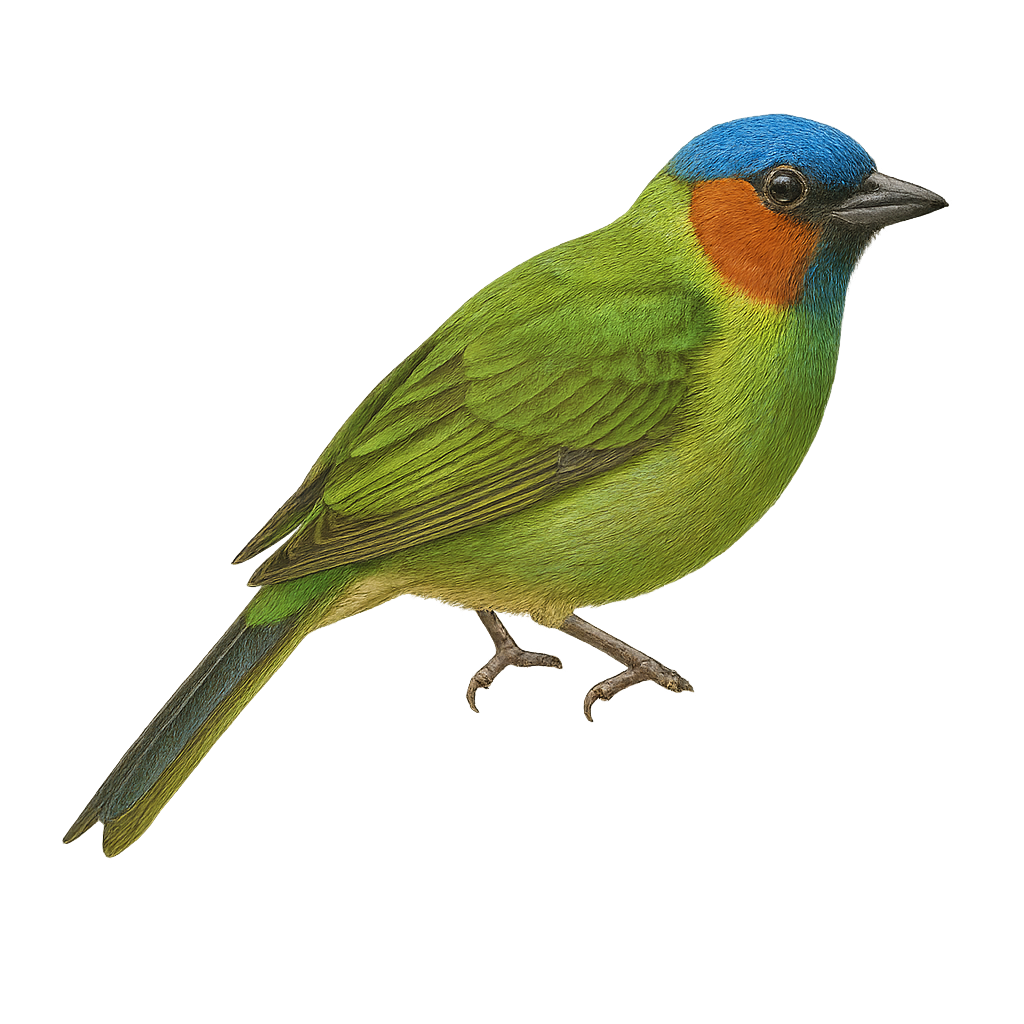Your wildlife photography guide.
Explore the rufous-cheeked tanager in detail, study its behavior, prepare your shots.
Where to observe and photograph the rufous-cheeked tanager in the wild
Learn where and when to spot the rufous-cheeked tanager in the wild, how to identify the species based on distinctive features, and what natural environments it inhabits. The WildlifePhotographer app offers tailored photography tips that reflect the rufous-cheeked tanager’s behavior, helping you capture better wildlife images. Explore the full species profile for key information including description, habitat, active periods, and approach techniques.
Rufous-cheeked Tanager
Scientific name: Tangara rufigenis

IUCN Status: Least Concern
Family: THRAUPIDAE
Group: Birds
Sensitivity to human approach: Suspicious
Minimum approach distance: 10 m
Courtship display: March to April
Incubation: 13-15 jours
Hatchings: March to May
Habitat:
tropical forests, wooded areas, humid forests
Activity period :
Primarily active during the day, with peak activity in the morning and late afternoon.
Identification and description:
The Rufous-cheeked Tanager is a colorful and fascinating bird native to the tropical forests of South America. It is distinguished by its rufous cheeks, contrasting with its primarily blue and green plumage. Measuring about 14 cm in length, it is often seen in small groups, feeding on fruits and insects. Its natural habitat includes humid forests and wooded areas, where it plays a crucial role in seed dispersal. Although its conservation status is currently of least concern, deforestation poses a potential threat to its habitat. Observing this bird requires patience and discretion, as it is rather suspicious of humans.
Recommended lens:
400 mm – adjust based on distance, desired framing (portrait or habitat), and approach conditions.
Photography tips:
To photograph the Rufous-cheeked Tanager, it is advisable to use a 400mm or longer telephoto lens to capture detailed images without disturbing the bird. Look for it in tropical forests and wooded areas, where it is often on the move. The natural light of the morning or afternoon is ideal for highlighting the bright colors of its plumage. Be patient and discreet, as this bird is suspicious and may quickly fly away if disturbed.
The WildlifePhotographer App is coming soon!
Be the first to explore the best nature spots, track rutting seasons, log your observations, and observe more wildlife.
Already 1 430 wildlife lovers subscribed worldwide

